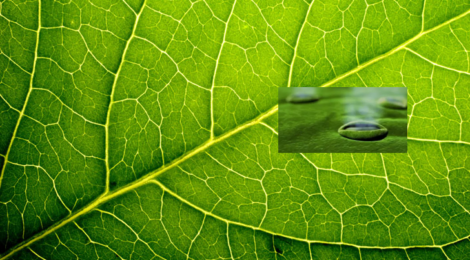
Cure For Worlds Lethal CO2 Overdose & Climate Change Discovered 250 Years Ago
When Jan Ingenhouz was not out saving people from smallpox with his revolutionary vaccinations 250 years ago,
He worked to unravel the mysteries of plants.
His elucidation of photosynthesis proved to be spot on as he described how plants captured the energy of the sun to repurpose CO2 into new life.
But something is amiss on this blue planet, amiss with our plants and the CO2 they manage on behalf of all life.
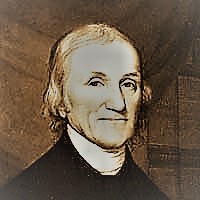
Help us Obi Jan you’re our only hope.
In the 1770’s Ingenhousz was hanging with his best buds Joseph Priestley (the man who discovered oxygen), Ben Franklin, and Henry Cavendish. Priestley had shown that plants make and absorb gases. After some years of work, by 1779, Ingenhousz reported that, in the presence of light, plants submerged in water give off bubbles of gas from the stomata pores (pictured above) on their leaves. In the dark the bubbling stops.
He identified, no doubt with the help of his friend Priestly, that in the sunlight the bubbling gas was oxygen. In the dark his plants gave off carbon dioxide. You know, the gas that creates ‘climate change.’ As it happens photosynthesis as Ingenhousz described it is the sine qua non of life on this blue planet and restoring it and sustaining it is our only hope.
He precisely measured and showed that the amount of oxygen given off in the sunlight by plants is more than the amount of carbon dioxide given off in the dark. In this he proved that a large part of the growing biomass of plants comes from the air, and not merely from the water and nutrients in the soil.
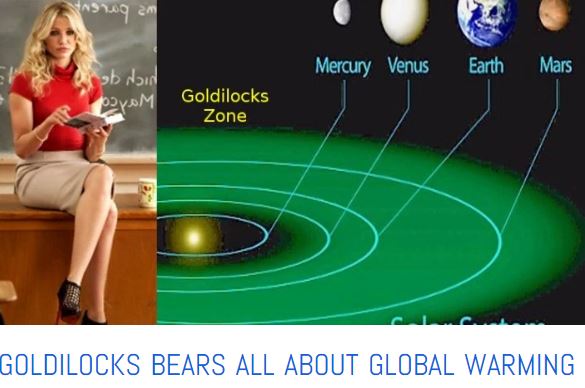
The Earth is nearer to Venus where the surface temperature is that of molten metal than to Mars where the temperature is that of dry ice. Nature evolved the ocean phyto-plankton that actively keep us cooler than Venus and not so cold as Mars… without their work we’d be toast. Click to read more
A hundred years later the legendary Swedish chemist Arrhenius showed that the CO2 in the world’s air that is actively managed by plant photosynthesis was responsible for helping keep our planet in the Goldilocks Zone, not too hot and not too cold but ahhh…just right.
Arrhenius was concerned however about the human gluttony for the burning of coal and other fossil fuels which he noted might overwhelm our plant kingdom partners on this planet. The result would be ‘global warming’ if too much CO2 were to be emitted into the air and its radiative forcing effect overwhelmed nature. He voiced his fears more than a century ago.
Another century then passed and today we know for certain that the trillion tonnes of CO2, far more than Arrhenius ever feared might be emitted by our fossil fool age, is wreaking havoc on this planet. Its a small blue planet and the only place in the universe where life as we know it might survive. That first trillion tonnes of CO2, yesterday’s CO2, is now clearly seen to be a lethal overdose of CO2 that is effectively our genocide against the smallest and most vulnerable of life, the insects of the land and the plankton of the seas.
CO2 while implicated in the secondary ‘global warming’ and ‘climate change’ effects is first and foremost a powerful molecule involved in life and death on this blue-green planet. As of today we humans have been wrecklessly responsible for emitting an extra trillion tonnes of CO2 into the world’s air from all the burning of fossil fuels in all of our yesterday’s, our history. Those trillion tonnes of CO2 remain in our air, as on this blue planet it takes more than 200 years for CO2 in the air to reach an equilibrium in Nature especially with the oceans where 90+% ends up.
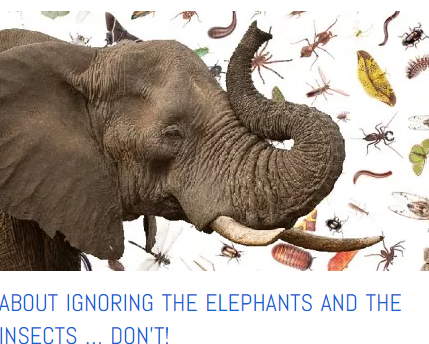
Insects are being gassed into extinction by our high and rising CO2. 75% have disappeared in Germany in just 3 decades. – Click to read more if you dare
Lethal it is!
In Germany a 30 years study of insects in nature reserves, where pesticides can be ruled out as being a problem, insects are facing extinction. 75% of the insects have gone missing in just 3 decades!
The death toll wrought by yesterday’s lethal overdose of CO2 goes on and on, and it’s not just the bitty bits. It is all of life from the smallest to the largest that are demonstrably dying as our CO2 lays waste to this blue planet.
Click any of the images below to read about the carnage amongst the seabirds, great whales, and thousands of other reports of ocean life starving to death as ocean photosynthesis has collapsed.
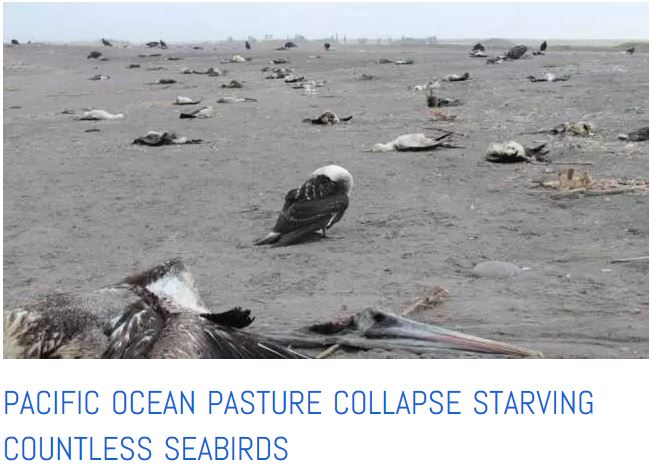 |
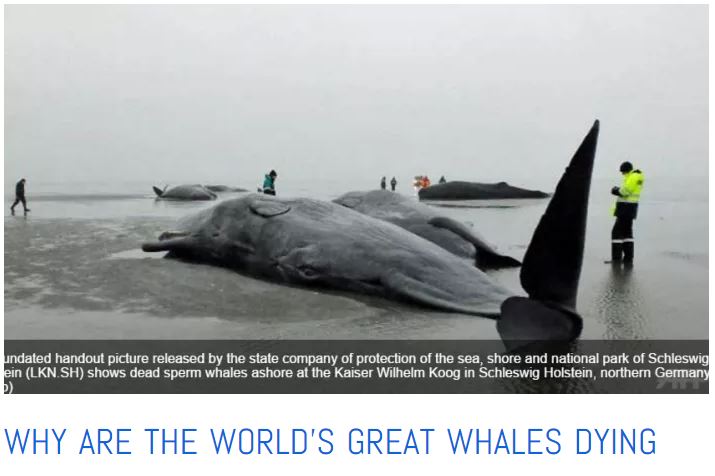 |
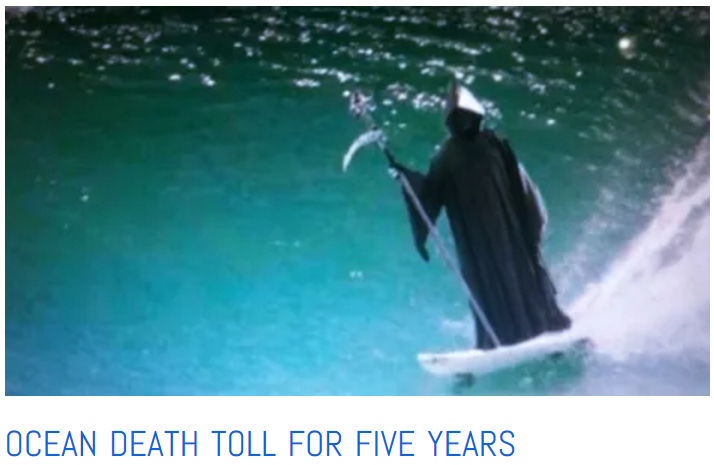 |
In the oceans it is phyto-plankton that is most endangered of all and this means the collapse of ocean photosynthesis. Reports have shown that since 1950 ocean plant life and its most important photosynthesis has declined by 40-50%. Ocean photosynthesis while performing 90+% of all the photosynthesis on this blue planet doesn’t do it without the help of the land. The relationship is due to the similarity of the ecologies of pastures on land and at sea.
On this Earth, or at least the 14% that is not ocean, ice, or barren rock, this is a world of mostly grass (not trees). The grass of the earth grows in mineral soil where it obtains some of the mineral nutrients Ingenhouz showed go along with the photosynthesis of CO2 to grow more grass. Everyone knows that a pasture also needs the rains to fall and when there is a drought the pasture grass fails and the pasture can sustain no livestock.
More Grass Growing Means Less Dust Blowing
Today the grass on earth is growing better than ever due to our high CO2. That CO2 allows the plants to breathe less frequently, that means keeping their stomata cells (pictured at the top of this post) closed up tight more of the time. When the grass stomata are closed they don’t dry out, so high CO2 is the equivalent to an ever-present drizzle of rain keeping the grass green and growing. All over the world there is widespread ‘global greening’ which would bring a smile to the face of our friend Jan Ingenhouz. But more grass growing goes by the name of ‘good ground cover’ and that means less mineral dust is blowing in the winds. Some might say that sounds like a good thing, they would be very very wrong.
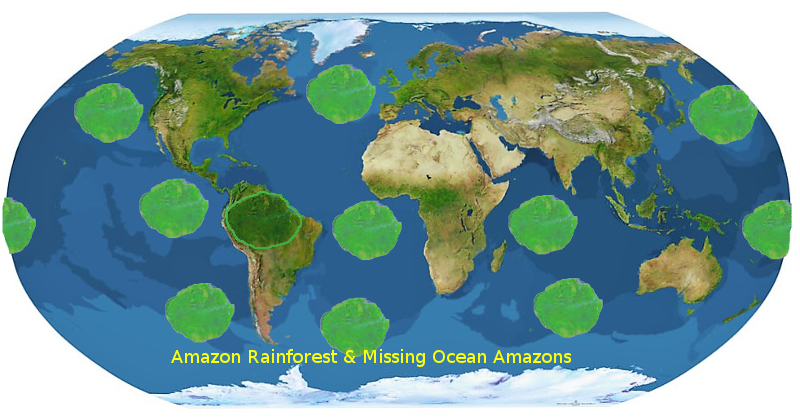
Imagine the 10 lost Amazons, one every 5 years gone since we imposed the drought of dust upon the world’s oceans. Restoring those ocean Amazons become the most powerful natural solution to our CO2 crisis and save our blue planet and providing food for all. Do you think Wonder Woman will help? How about you? – click to read more
Ocean pasture grass, the phytoplankton grow in water not mineral soil. They have all of the water they could ever need, what they lack are the minerals. Far from land, which is 99% of this Blue Planet, our high CO2 has resulted in a terrible prolonged drought of dust.
As a result ocean pasture plants have been dying, out of sight, beneath the waves far out to sea, at an apocalyptic rate. As the ocean pastures have died off their capacity to sustain ‘livestock’ as in fish, whales, seabirds, and more has collapsed.
This week we photosynthetic geeks celebrated Jan’s 287th birthday, fare thee well Jan and thanks for all the fish.
Want to do something more than sit back and read and wait for someone else to save your planet, join me.









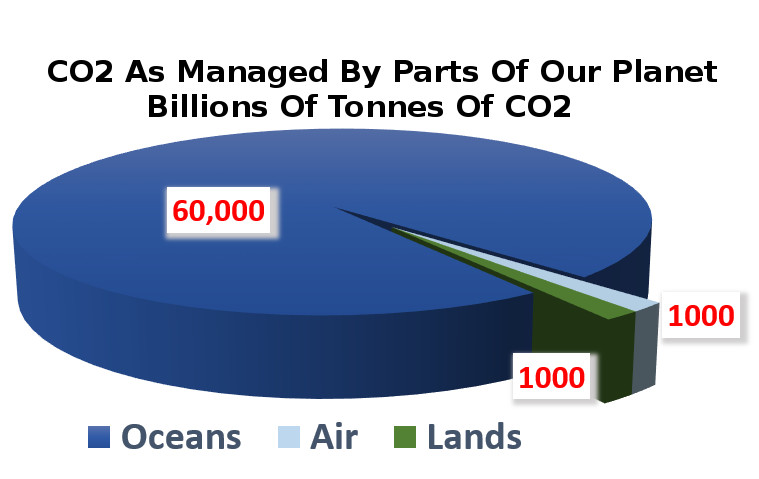
I like the article. Aimed at broad audience, and covering a big topic with many subtopics, and hopefully stirring individuals to further research the whole picture and get involved in solving ecological problems.